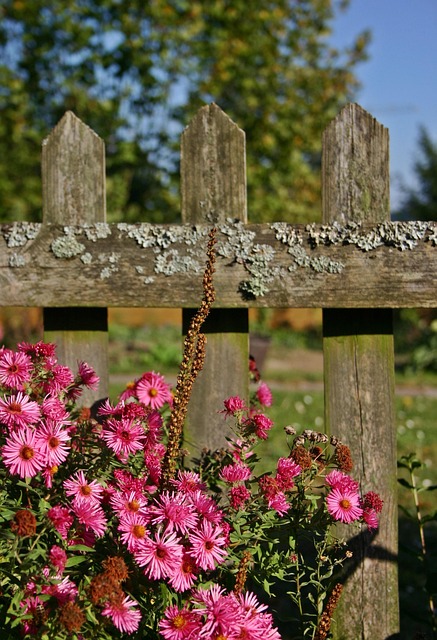In New Bedford, fencing is more than just a boundary marker; it’s an investment in your property’s security, aesthetics, and value. Whether you’re aiming to enhance curb appeal, secure your yard, or enclose a pet area, understanding the diverse fence needs specific to New Bedford is key. This comprehensive guide delves into everything from selecting the perfect style and material to navigating local regulations, offering practical tips for installation, repairs, and maintenance to ensure your fence stands strong and beautiful for years to come.
- Understanding New Bedford Fence Needs
- Choosing the Right Fence Style and Material
- The Installation Process Step-by-Step
- Common Fence Repairs and Maintenance Tips
- Local Regulations and Permits for Fencing
Understanding New Bedford Fence Needs
Fences play a vital role in any property’s landscape, offering both aesthetic appeal and practical benefits. In New Bedford, homeowners often face unique challenges when it comes to fence maintenance due to the region’s diverse climate and local environmental factors. Understanding these needs is the first step towards effective repair and installation.
The coastal location of New Bedford exposes fences to salt air, which can accelerate corrosion and deterioration. Additionally, harsh winter conditions may lead to damage from snow and ice accumulation. Local tree roots can also pose a threat, pushing against fences or causing them to lean. Identifying these potential issues allows homeowners to prioritize the right materials and repair techniques, ensuring their fences are built to last in this specific environment.
Choosing the Right Fence Style and Material
When considering fence repair or installation in New Bedford, choosing the right style and material is a crucial step. It sets the tone for your outdoor space’s aesthetic appeal and functionality. Different materials like wood, vinyl, or metal offer unique advantages, with wood adding a natural charm, vinyl providing low-maintenance benefits, and metal ensuring durability. Each material comes in various styles—from traditional picket fences to modern vertical slats—allowing you to select a design that aligns with your property’s character and personal preferences.
The style you pick should complement the overall landscape, considering factors like privacy needs, visual appeal, and maintenance expectations. For instance, tall, solid fences offer maximum seclusion, while shorter options with open designs allow for better visibility and airflow. Consulting with professionals can help narrow down choices, ensuring your final selection enhances your property’s beauty and serves its intended purpose.
The Installation Process Step-by-Step
The installation process for new fencing begins with meticulous planning and preparation. Our expert team starts by assessing your property, taking measurements, and understanding your specific needs and preferences. Once approved, we clear the site, marking out the exact locations of posts and panels to ensure a precise fit.
Next, we excavate holes for the fence posts, using heavy equipment to dig deep and secure concrete footings. The posts are then set in place, levelled, and connected with robust hardware. Our skilled workers attach the fence panels, ensuring each section is securely fastened. Finally, we finish the job by adding any necessary accessories like gates, locks, or decorative elements, leaving you with a sturdy, beautiful new fence that defines your outdoor space.
Common Fence Repairs and Maintenance Tips
Fences are a significant investment, both for their functional and aesthetic value in your property. Common fence repairs often include fixing or replacing broken panels, posts that have sunk into the ground, and damaged rails or brackets. Regular maintenance is key to preventing these issues; inspect your fence periodically for signs of wear and tear, such as loose or missing boards, rust on metal components, or gaps where animals might enter.
Keeping your fence well-maintained also involves trimming nearby vegetation that could cause damage by growing into the fence structure. Cleaning the fence regularly with a pressure washer can help remove dirt and debris buildup. For longer-lasting results, consider applying a fresh coat of paint or sealant to protect against the elements, especially in regions with harsh winters or frequent rainfall.
Local Regulations and Permits for Fencing
Before embarking on any fence repair or installation project in New Bedford, it’s crucial to familiarize yourself with the local regulations and permit requirements. These guidelines are in place to ensure that fencing aligns with community standards and safety protocols. The specific rules can vary depending on your neighborhood and property type, so it’s essential to check with the local building department or municipal office.
Permits are typically required for fence installations, especially when the project involves certain heights or specific materials. These permits assure that your construction meets structural integrity criteria and adheres to aesthetic guidelines. Understanding these regulations is key to avoiding any legal issues and ensuring a smooth process throughout your New Bedford fence repair or installation endeavor.
